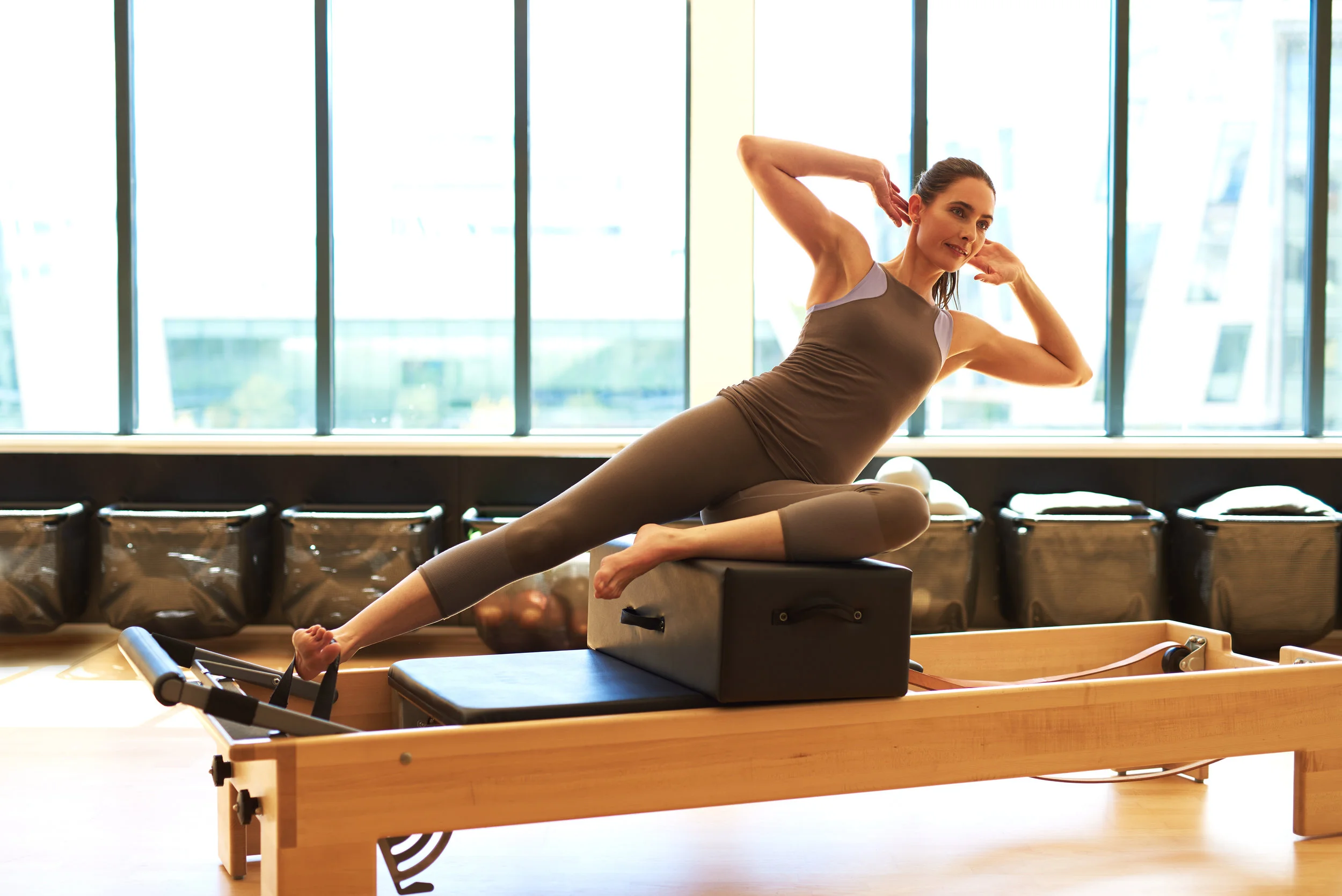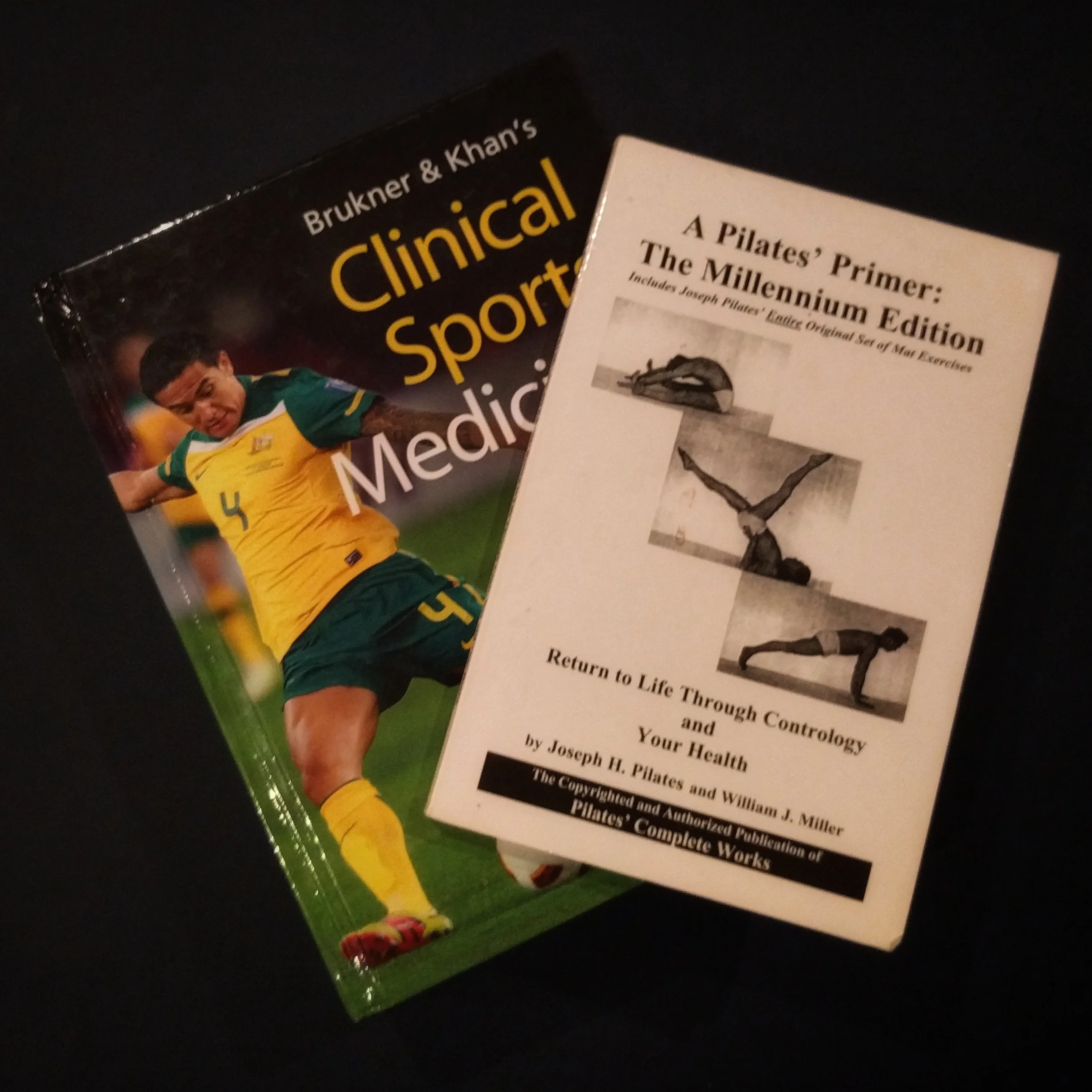FINDING WAYS TO KEEP YOUR ATHLETE INVOLVED.
One of my favourite Sports Physio challenges is working with my patient on how to keep them training during the injury rehab process. As anyone who has ever been injured knows, being injured is the worst.
Injuries are painful. Injuries take you away from things you enjoy doing. Injuries rob you of your fitness. Injuries limit your ability to socialise. Injuries attract annoying questions asking how long you will be out injured for.
Read More
THINKING OF EVERY PATIENT AS AN ATHLETE.
For our many patients, being considered as an athlete has advantages beyond being seen as dignified for playing a game. When we see our patient as an athlete, we provide our patients with many of the top-shelf Sports Physio tools we readily deploy managing a sports injury.
Read More
USE A PILATES MAP TO STAY ON TRACK.
Have you ever had the feeling of being lost when you’re with a patient in a rehab session? Ever felt not quite sure what to do next with them? Yep, it’s not a great feeling and one I definitely haven’t enjoyed experiencing in the past. However. there is a way to reduce the risks of getting lost when travelling through Rehab Country.
Read More
KETTLEBELL SUMO DEADLIFTS FOR POSTURE TRAINING
As I discussed in a previous post, squats can be tricky to teach to patients new to weight training. The combination of stiffening some joints while moving others can frustrate both patient and therapist. The key to teaching any movement is to create a seamless transition from part practice through to completing the full task. Having a few variations up your sleeve can make that learning process a lot smoother and less frustrating for everyone.
Read More
IS IT TIME TO RETHINK PILATES?
Patient have enjoyed Pilates and many clinics have been offering the service since the turn of the century. John Contreras, APA Sports Physiotherapist, investigates why it might be time to reassess the role of Pilates in physiotherapy.
This article I wrote was published in the Australian Physiotherapy Association SportsPhysio magazine, Issue 3, 2018, pg 10-12.
Read More
SQUAT COACHING: THINK FROM THE BOTTOM UP.
Squats can be one of the most frustrating exercises for both clinician and patient to take on. Despite the squat having a strong evidence base supporting its use across a range of musculoskeletal conditions, it is an exercise requiring complex coordination across several joints. As a result, learning efficient form can be a frustrating experience for both patient and clinician
Read More
WHAT ZOOLANDER CAN REMIND CLINICIANS ABOUT PILATES.
One of the challenges of teaching Pilates to patients is keeping all of your clinical skills front of mind. These skills include concepts of pathophysiology, pain science, biomechanics, load management and the biopsychosocial model to name but a few. When guiding a patient through a Pilates session, remembering the multitude of exercises, variations and cues, it can be easy to forget why the patient was doing Pilates in the first place.
Read More
REFORMER LUNGE - HOW GOING BACKWARDS CAN MOVE YOU FORWARDS
An easy progression from the isometric stance leg challenge of Scooter is a Reformer Lunge. By making the movement more dynamic we can easily increase the challenge to various variables, both in isolation or in combination.
Read More
3 REASONS WHY YOUR PATIENTS SHOULD STRENGTH TRAIN
Strength or resistance training involves much more than simply going to the gym a couple times a week. As health professionals, it is crucial we understand the scientific rationale and clinical application of exercise prescription in strength training to successfully guide our patients through their rehabilitation.
Read More
WHY LYCRA ISN'T THE ONLY REASONS PILATES IS GREAT FOR CYCLISTS
A couple papers may shed some light on how Pilates can help get our clients back on their bikes.
Read More
PILATES FOR RUNNING PERFORMANCE
So the key to effectively using Pilates for running performance is to appreciate the role that Pilates plays in a runners training plan.
Read More












